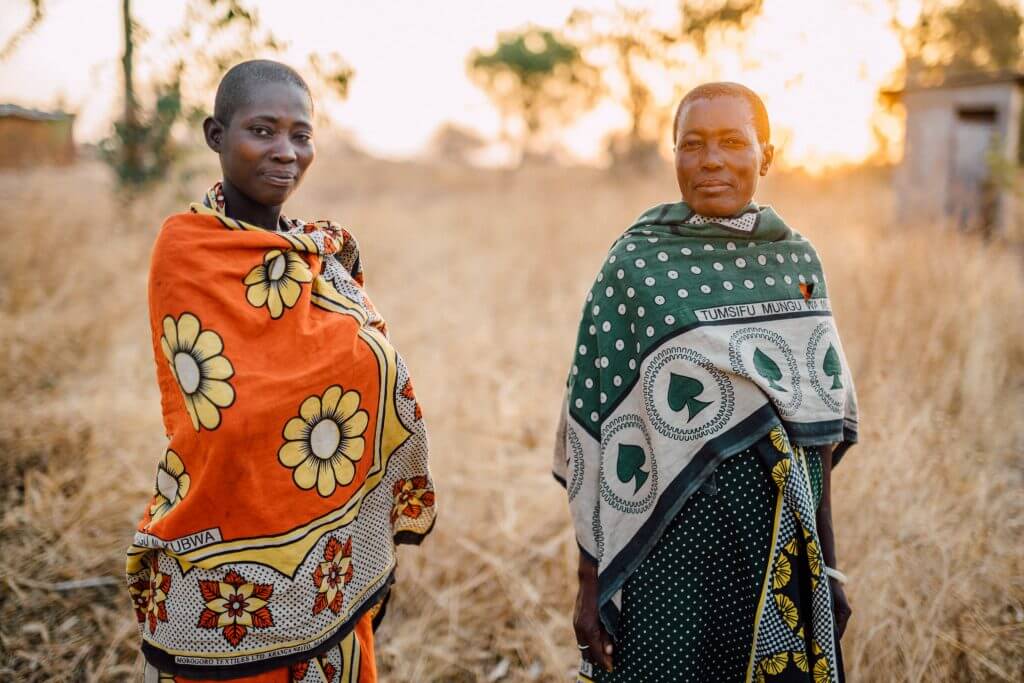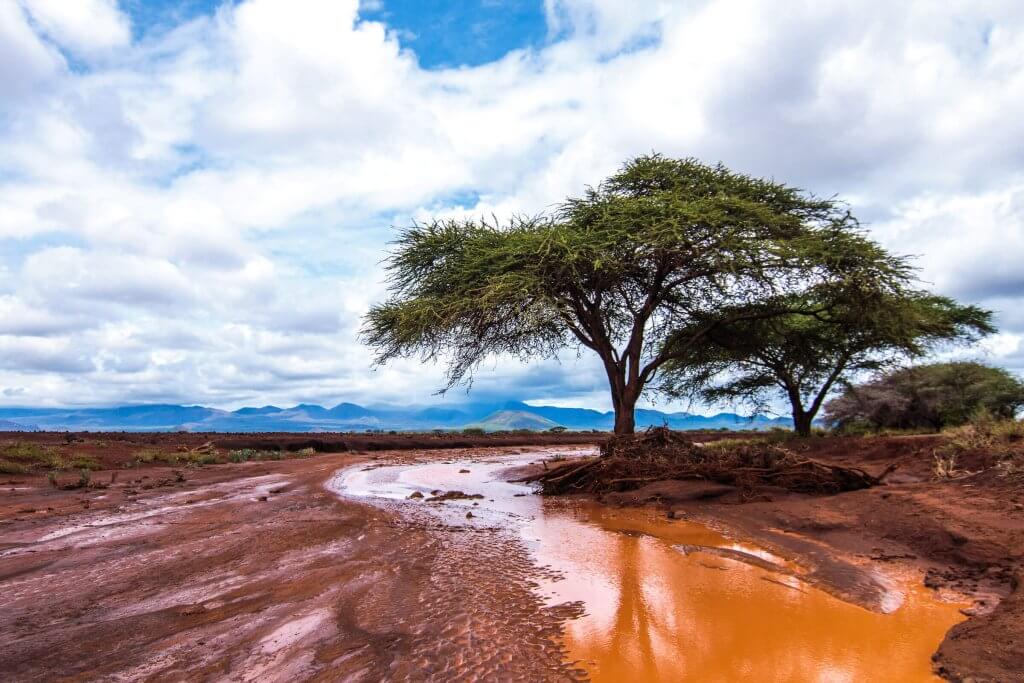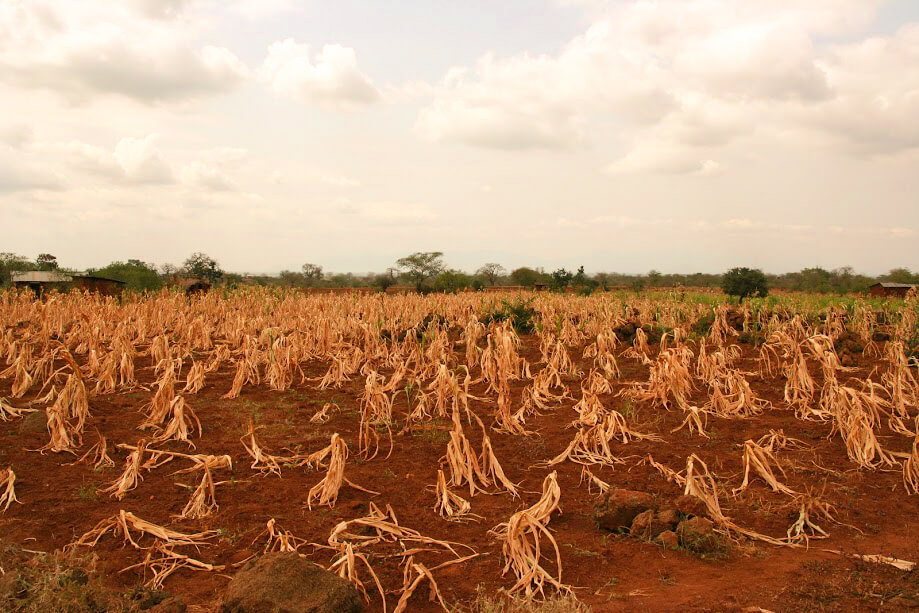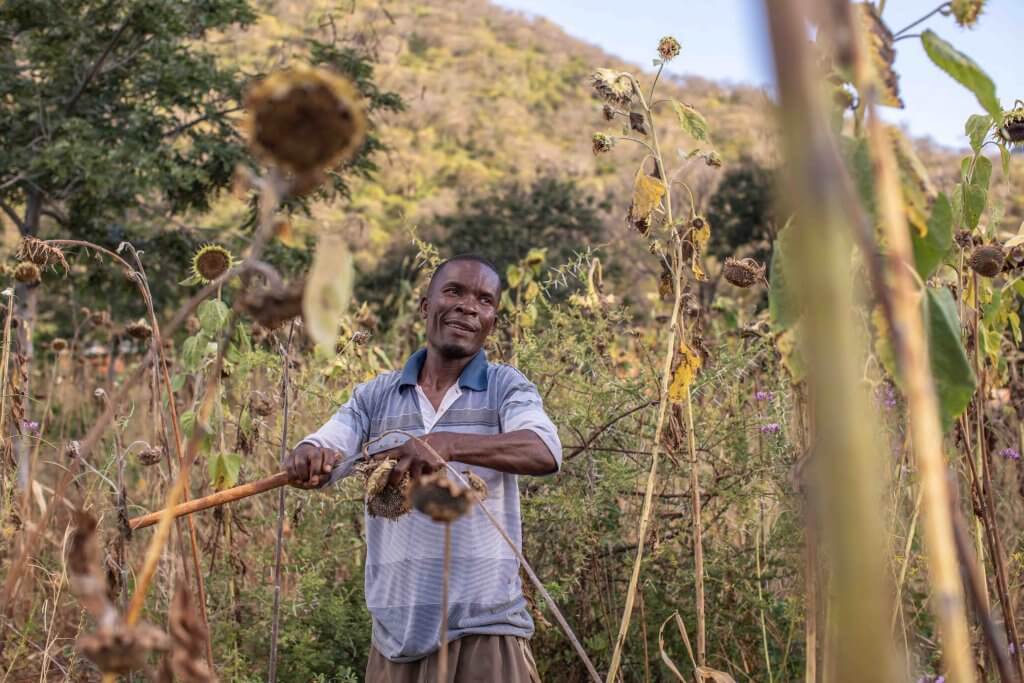1. Global population growth
We’ll kick off with an obvious one: more people in the world means more water consumption. If population growth outpaces the supply of water, it can lead to drought.

Global challenges
How can we stop it?
Drought and erosion are occurring more frequently in Africa. But what is causing this drought? And more important: what can we do about this? We’ll explain it to you in a straightforward and easy to understand way, with some practices you can immediately start doing yourself.
We ask more and more from the earth. Actually, we ask too much of the land. And that causes droughts on the ground. But what exactly do we ask? In short: what are the biggest drivers of drought and erosion?
We’ll kick off with an obvious one: more people in the world means more water consumption. If population growth outpaces the supply of water, it can lead to drought.
Climate change has a massive impact on our planet. It directly affects one of the most important factors for food security and biodiversity: the health of our soil! Global warming causes soil to be dry longer and water to evaporate more. When rain does fall, it is often in short, intense showers, preventing water from entering the soil properly.
Lastly, what we’re all about: the importance of regenerating trees and vegetation! The loss of green lands is one of the most important reasons for degradation of soil. As a result of large-scale cutting of trees and misuse of land, the soil becomes bare and unprotected. This leads to the disappearance of areas that absorb and sequester water.
A dry climate brings unpleasant changes. Here are the main consequences of drought and erosion listed.
Drought makes it difficult to get food, crops, fresh water and natural resources such as firewood off the land. In addition, rainfall shortage causes crop failure. Water flows away and takes the top layer of fertile soil with it, also known as erosion.
If drought is long-lasting, it can cause desertification, a process in which areas become not only infertile but also uninhabitable. Desertification in fact leads to the loss of biodiversity and reduced food sources for animals.
Because it is difficult to grow crops on infertile and dry land, food shortages occur for local people. This can lead to severe poverty and hunger in these areas.
Less fertile land, loss of biodiversity and food shortages. All put together, the problems we face may seem almost too big to deal with. But don’t be discouraged: there are actual solutions! And there are even things you can do in your daily life to combat drought and erosion.
Here are our 3 practical tips:
Regreening is very important to prevent drought. You can do your bit by regreening your front or back garden. Taking out a tile and adding a plant are small steps that really help! You can also do something bigger by regreening your street together with the neighbourhood. Making your neighbourhood as green as possible is a good and effective initiative.
Share your knowledge about drought and soil erosion with others. That way, you can create awareness within your community and strengthen efforts to prevent climate change. After all, we have to do it together!
Regreening projects are initiatives to improve the environment’s quality by restoring trees and creating green spaces. By supporting projects that regreen, you contribute to bringing back vegetation.
Simply put: by using the power of both nature and global communication to restore degraded ecosystems! We do regreening projects in Africa where we use traditional, scalable and easy-to-apply landscape restoration techniques. We believe in the power of nature, so we only use nature-based solutions like digging bunds, regenerating trees and developing grass seed banks.
We work closely with communities and local partners to restore dry land. All our projects are owned and implemented by communities that live off the lands. Through the power of communication and media campaigns, we share with the world the importance of nature-based solutions against climate change, and empower millions of subsistence farmers and pastoralists in Africa to start regreening their own land. Regreening degraded land increases vegetation, water, biodiversity and livelihoods – and ultimately leads to a cooler planet!
Why is restoring vegetation so important?
Regreening can be done in many different ways. One such way is restoring vegetation. This is because it is plants that provide CO2 storage and stimulate the water cycle! Evaporation of water from the pores of trees and plants means more moisture in the air. And more moisture means more clouds and thus more precipitation. Another reason why vegetation is so important is because of its roots. Roots allow water to be better absorbed into the soil and also to penetrate deeper into the soil. In addition, roots hold the soil well so that fertile soil is not washed away during heavy rains. The land can thus continue to be used for agriculture, which in turn provides food, income for the population and an increase in biodiversity. So regreening is indispensable for the future!





